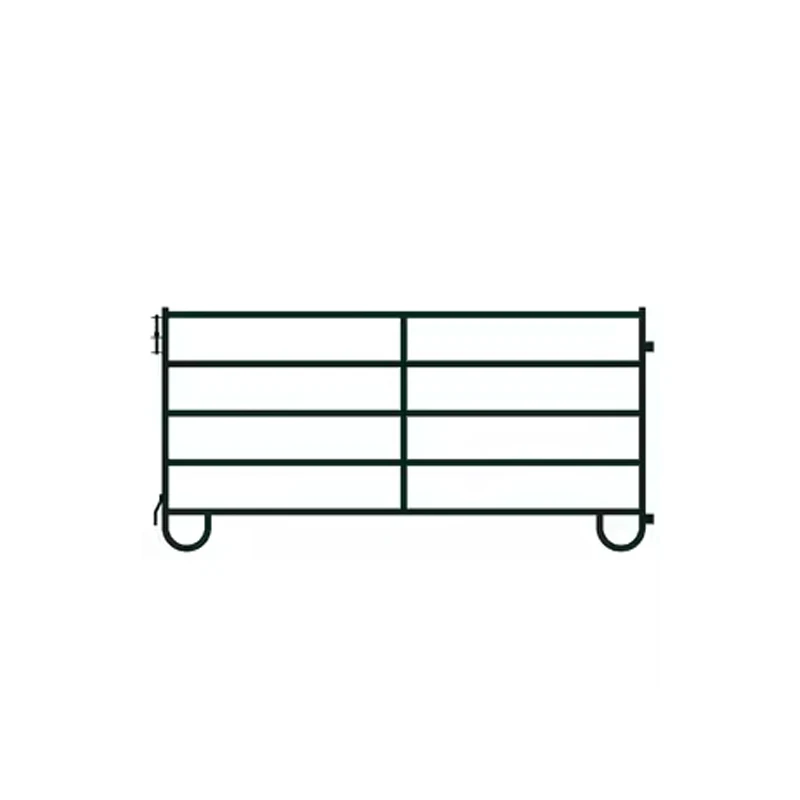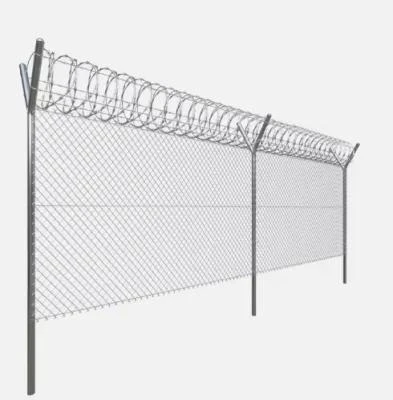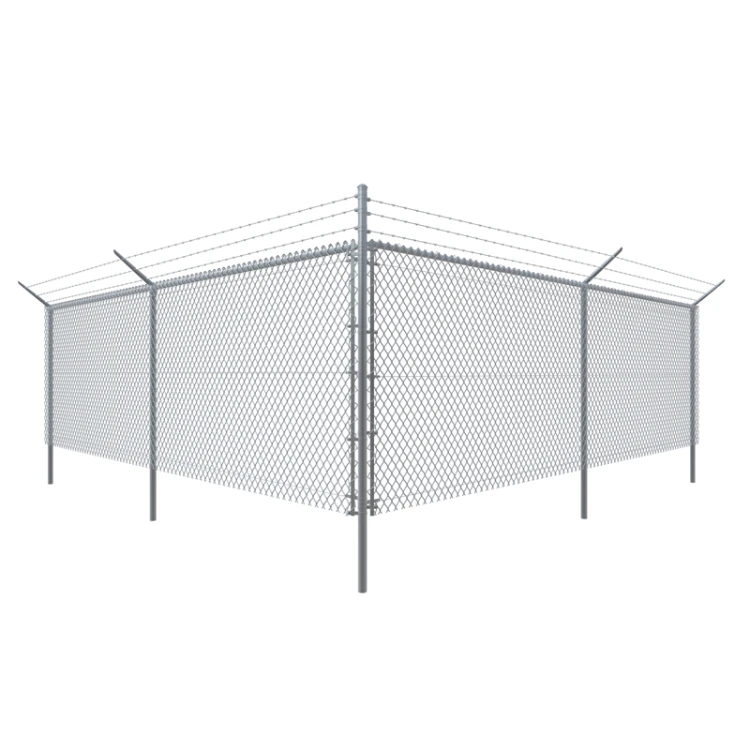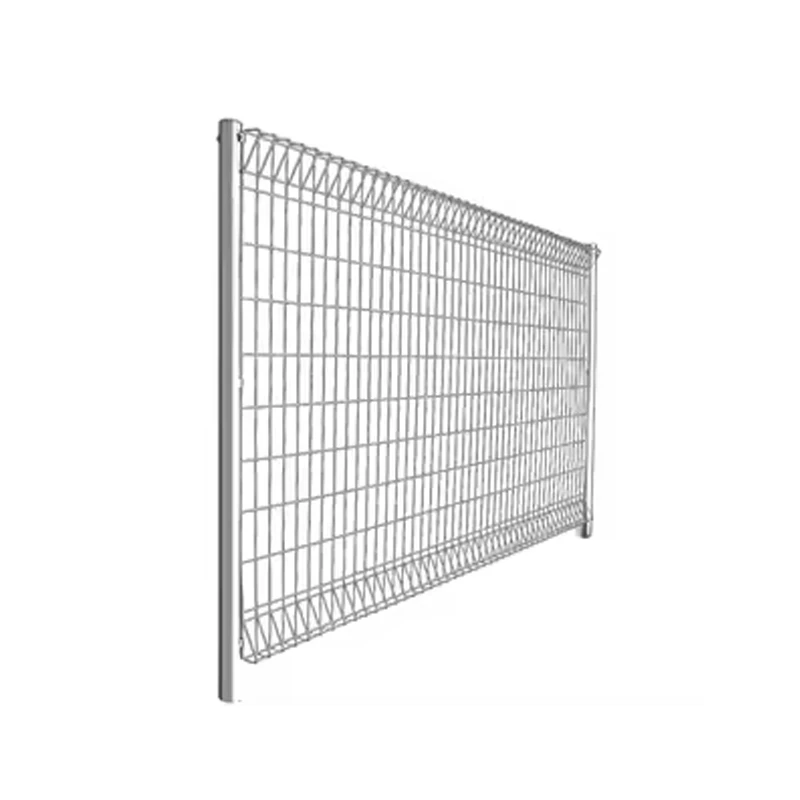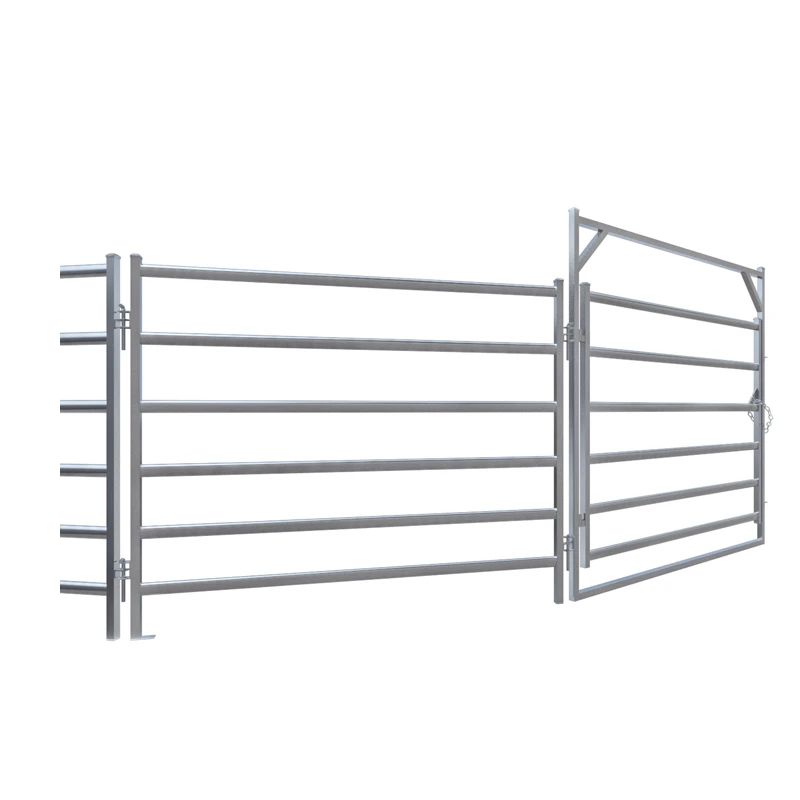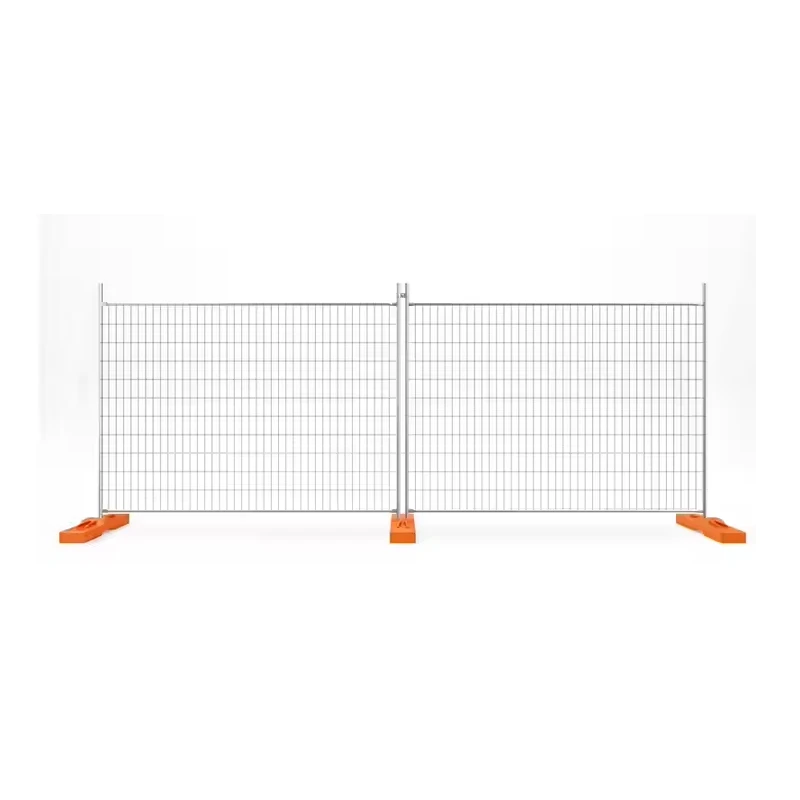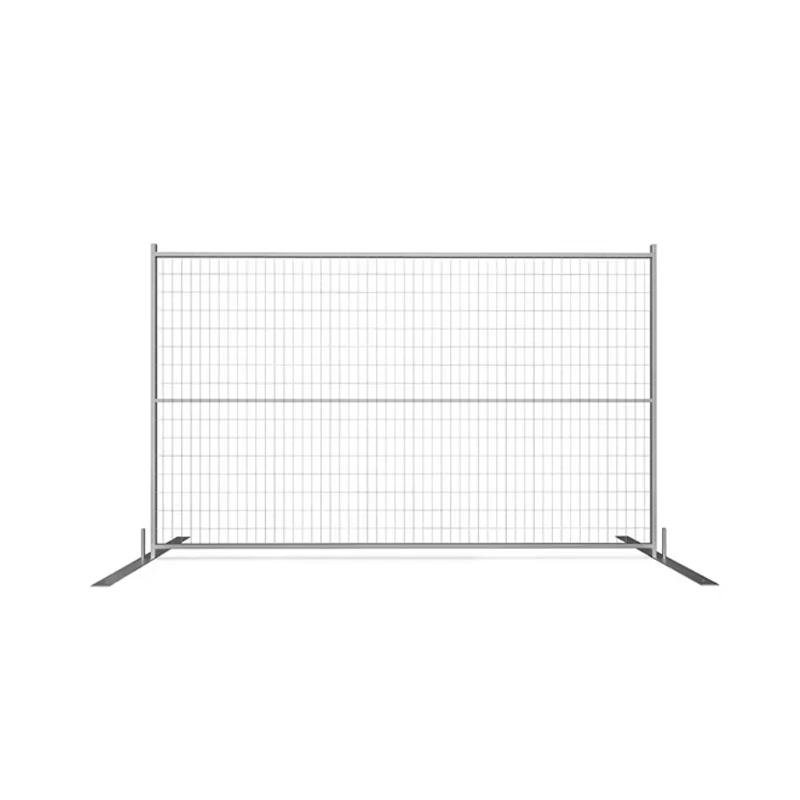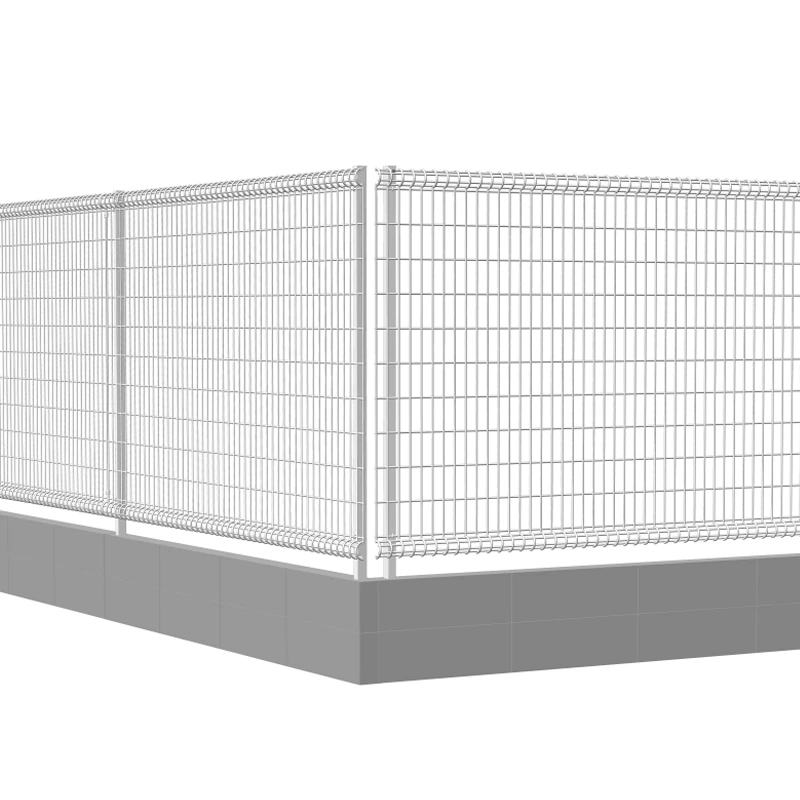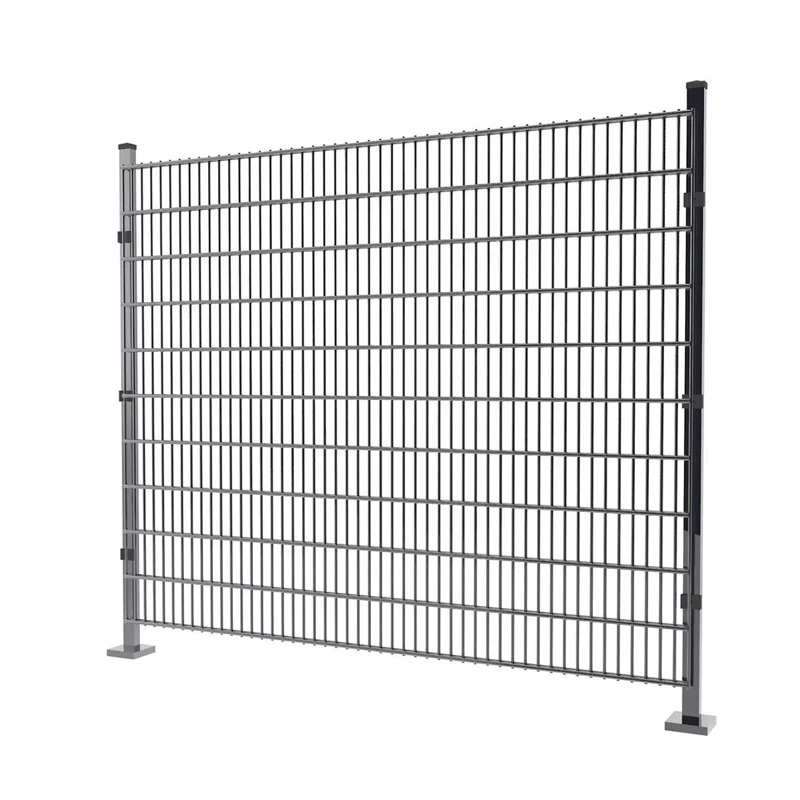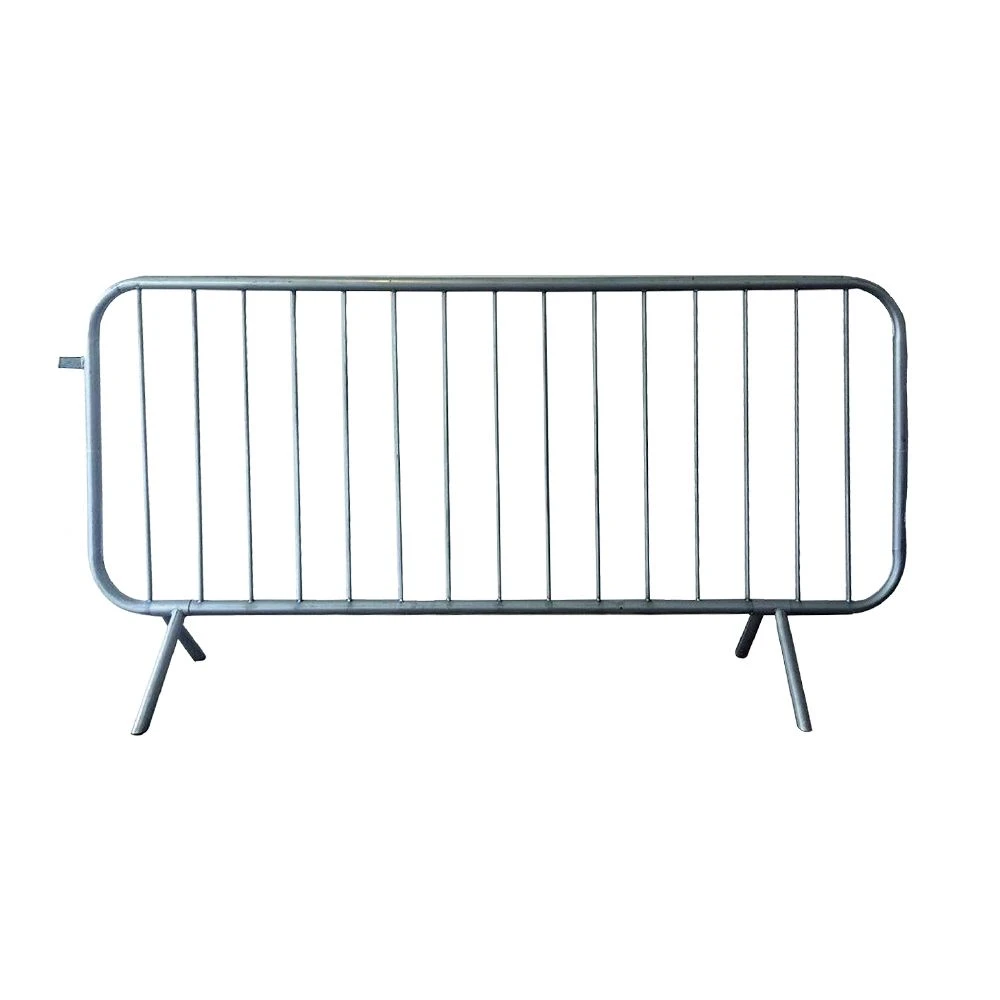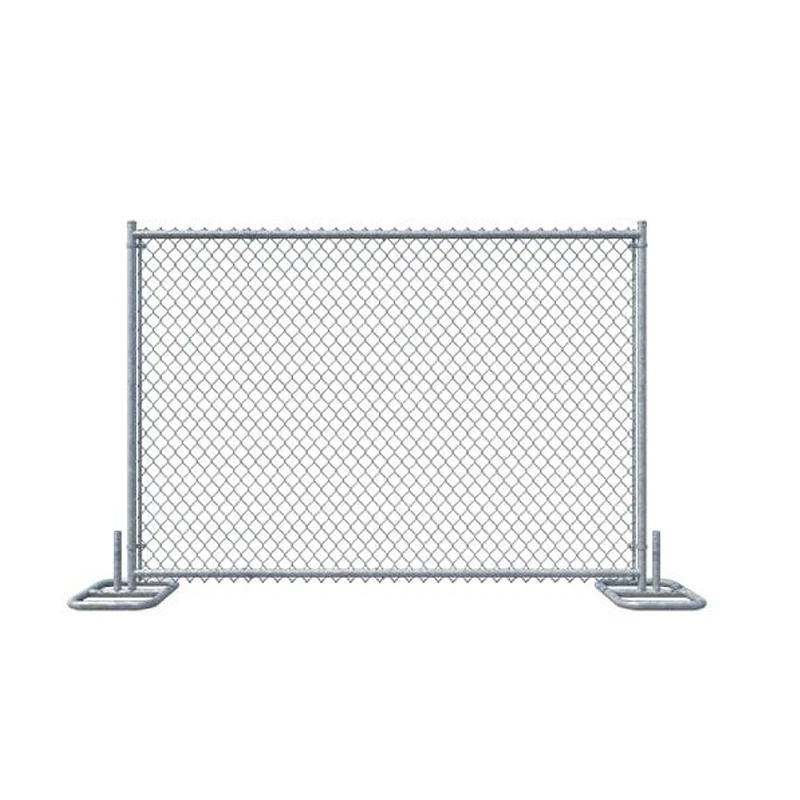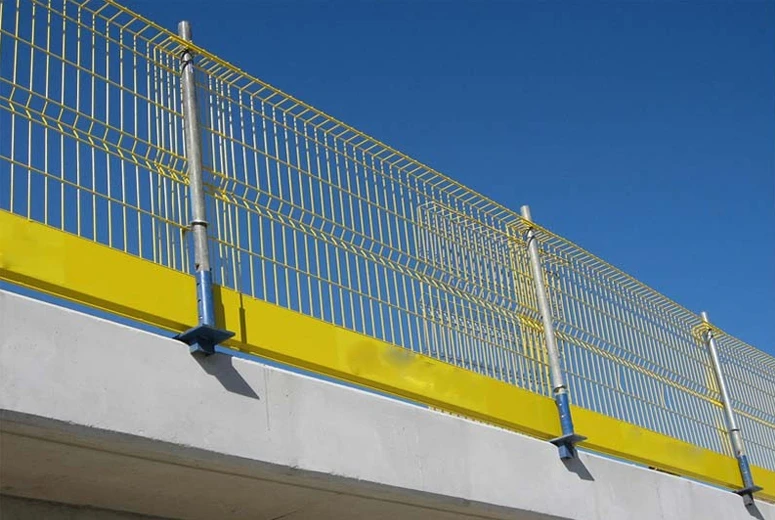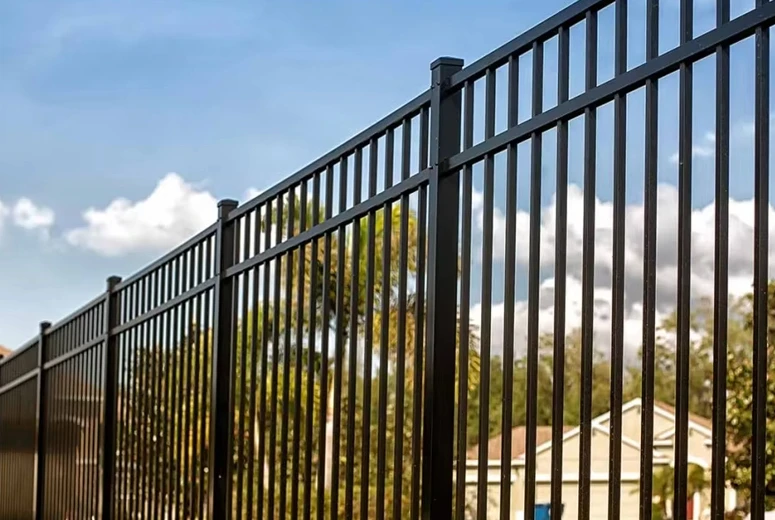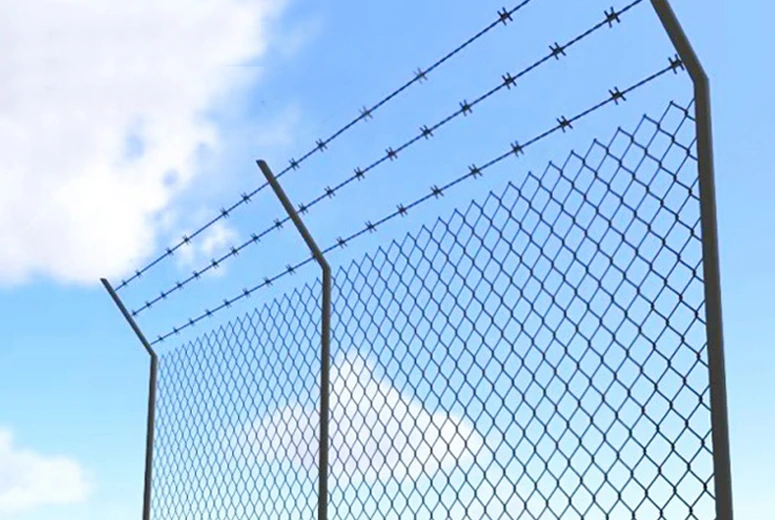Introduction
Modern equine management requires fencing systems that prioritize both safety and functionality. Horse fence panels have evolved beyond traditional wooden or wire fences, offering advanced engineering, weather resistance, and adaptability to diverse environments. This article explores the horse fence panel solutions provided by Anping County Shangyong Wire Mesh Products Co., Ltd., a leader in equine infrastructure. These panels are designed to meet the unique needs of horses while ensuring long-term durability and ease of use.
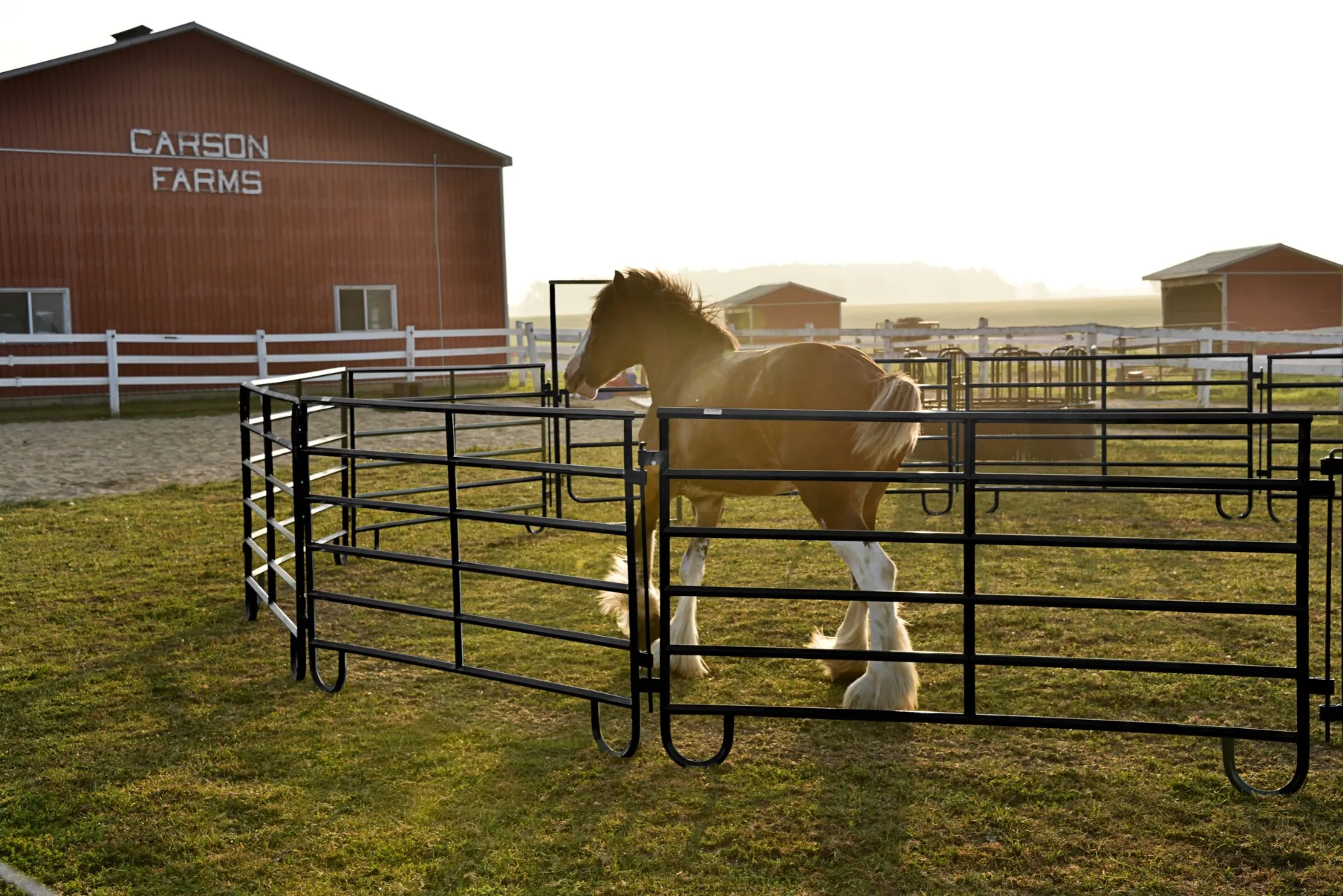
Read More About buy horse panels
Engineering and Construction Details
The structural integrity of horse fence panels begins with high-tensile strength materials selected specifically for equine environments. Most premium panels utilize heavy-duty steel tubing, typically ranging from 1.5 to 2 inches in diameter, with galvanized or powder-coated finishes that resist corrosion from weather elements and constant exposure to horse contact. The infill material varies between tightly spaced steel mesh (often 2"x4" openings) or closely positioned horizontal rails, both designs created to prevent hoof entrapment while discouraging chewing or kicking behaviors.
Manufacturers employ robotic welding techniques to ensure seamless joints and uniform strength throughout the panel structure. Unlike spot-welded alternatives, continuous welding prevents weak points that could bend or break under pressure from leaning or excited horses. The bottom rail sits elevated approximately 12 inches from ground level to prevent moisture retention and subsequent rust formation, while still maintaining sufficient height to block attempted escapes or dangerous rolling near the fence line.
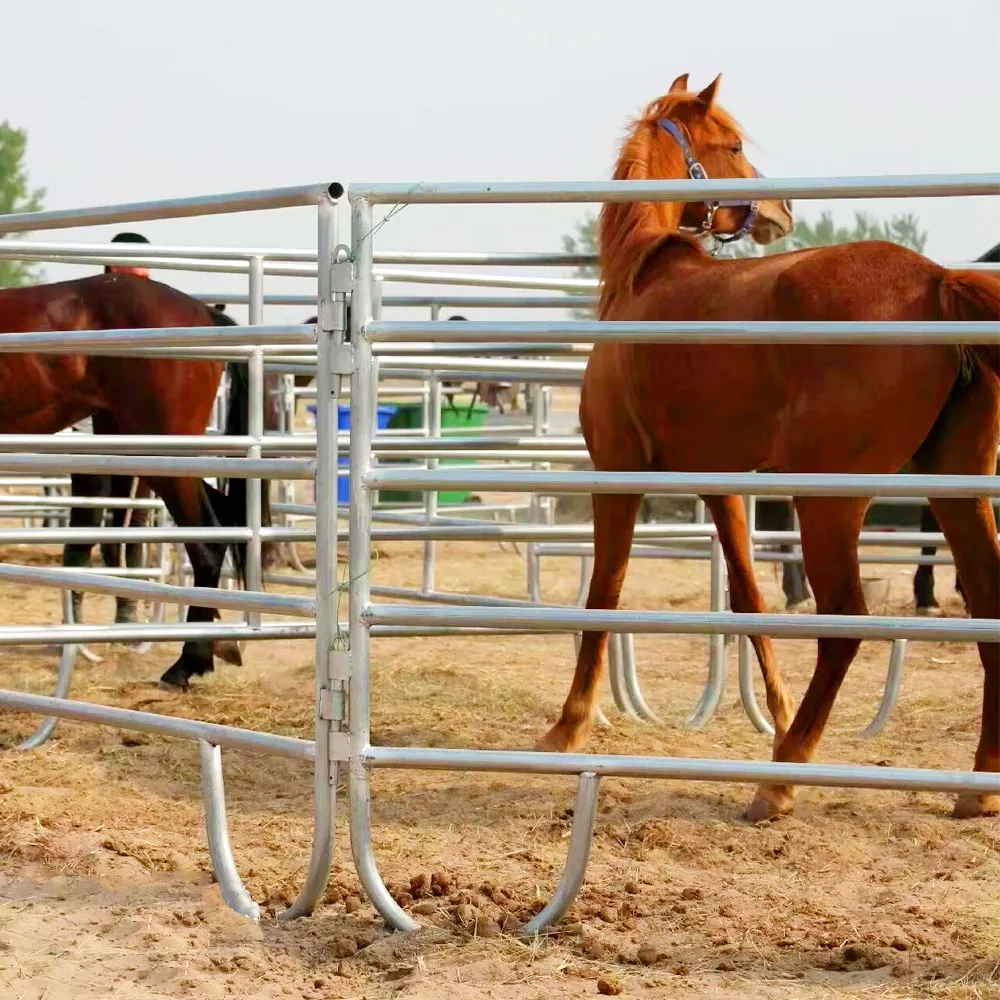
Read More About buy horse panels
Safety Features and Horse-Friendly Design
Equine psychologists and veterinarians collaborated with fencing engineers to develop several critical safety elements now standard in quality horse panels. The smooth, rounded edges on all connecting hardware eliminate sharp protrusions that could cause lacerations. All vertical components feature spacing narrow enough to prevent hoof insertion (maximum 4.5" gaps), yet wide enough to avoid creating visual barriers that might startle horses. The panels maintain consistent flexibility - rigid enough to contain a 1,200-pound horse charging at full speed, yet with slight give to absorb impact without rebounding dangerously.
Particular attention has been given to the ground-level components where horses most frequently interact with fencing. The lower section incorporates kick-proof reinforcement with additional cross-bracing, while the upper sections use lighter materials to prevent injuries should horses rear up against the enclosure. Some advanced models feature rubberized coatings on high-contact areas, reducing noise from impacts and providing extra cushioning. The natural sway inherent in freestanding panel systems actually comforts horses, as the slight movement mimics natural environmental responses they instinctively understand.
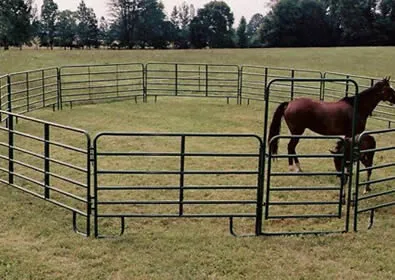
Read More About buy horse panels
Installation Versatility and Configurations
Modern horse fence panel systems offer remarkable adaptability to various terrain challenges and usage requirements. The interlocking mechanism allows for both straight-line and curved configurations, enabling creation of round pens, lunging areas, or customized pasture divisions without specialized tools. Most systems utilize pin-and-clip fasteners that permit rapid assembly and disassembly by a single person, yet maintain exceptional stability once secured. This modularity proves invaluable for rotational grazing systems where frequent layout changes occur.
For permanent installations, manufacturers provide ground-anchor options ranging from drive-in spikes for temporary setups to concrete footings for competition-grade arenas. The panels maintain uniform height (typically 5 to 6 feet) regardless of ground slope through innovative hinged connectors that adjust to elevation changes while preserving structural alignment. Specialized accessories like removable gates, feed trough attachments, and shelter integration kits transform basic enclosures into complete equine management systems. The standardized sizing allows mixing components from different manufacturers, giving equestrians unprecedented flexibility in creating ideal horse environments.
Durability and Weather Resistance
The environmental resilience of professional-grade horse panels stems from multi-stage protective treatments. After fabrication, each component undergoes hot-dip galvanization (coating thickness of 70-100 microns) followed by electrostatic application of UV-resistant polymer powder coatings. This dual-layer protection guarantees 15-20 years of service even in coastal regions with salt spray or industrial areas with chemical pollutants. The materials maintain integrity across temperature extremes from -40°F to 120°F without becoming brittle or deforming.
High-traffic areas benefit from optional abrasion-resistant coatings that prevent wear from constant horse contact. The hollow tubular construction includes internal drainage channels to prevent water accumulation and freeze damage in cold climates. Unlike wooden fences that require annual maintenance, these metal systems need only occasional rinsing to maintain appearance and function. Manufacturers conduct accelerated weathering tests simulating decade-long exposure in just months to verify long-term performance before products reach the market.
Specialized Applications and Custom Solutions
Beyond standard pasture enclosures, horse panels serve specialized functions in professional equine facilities. Breeding barns utilize reinforced versions with smaller mesh to contain foals, while training centers install see-through panels that allow horses to view activities without physical interaction. The medical field developed hospital-grade panels with smooth, non-porous surfaces that withstand disinfectants and prevent bacterial harboring for quarantine areas.
Custom fabrication services now offer panels with integrated waterers, automatic feeders, and even solar-powered electric deterrents for stallions or difficult keepers. Some competition venues install sound-dampening panels that reduce noise transmission between stalls at events. The aerospace industry contributed lightweight carbon fiber composite panels for mobile veterinary units where weight matters. These innovations demonstrate how basic containment systems evolved into sophisticated equine management tools.
Comparative Advantages Over Traditional Fencing
When evaluated against conventional post-and-rail or electric fencing, modern horse panels provide distinct advantages. The initial higher investment yields long-term savings through eliminated maintenance costs and extended service life. The modular nature allows reconfiguration as needs change, unlike permanent fencing that requires demolition for layout modifications. Safety statistics show 75% fewer fencing-related injuries in facilities using purpose-built panels compared to traditional alternatives.
The psychological benefits for horses become apparent in behavioral studies - reduced pacing, decreased aggression, and lower stress markers in panel-contained groups versus those in conventional enclosures. Trainers report improved focus during work sessions due to the visual barriers preventing external distractions. The uniformity of appearance satisfies aesthetic requirements of boarding facilities and competition venues where presentation matters as much as functionality.
Investment in Equine Welfare
Choosing proper horse fence panels represents more than a purchasing decision - it's a commitment to animal welfare and facility excellence. The combination of safety engineering, material science, and equine behavior understanding produces containment solutions that actively contribute to horses' physical and mental health. Whether for a backyard stable or Olympic training center, these systems provide the secure environment necessary for horses to thrive while giving owners peace of mind through reliable performance. As equine management practices continue evolving, so too will fence panel technology, always with the same goal: creating the safest possible boundaries for our equine partners.
Product Specifications Table
| Feature | Details |
|---|---|
| Frame Material | Heavy-duty steel tubing (1.5-2" diameter) |
| Finish Options | Galvanized or powder-coated |
| Infill Material | Steel mesh (2"x4" openings) or horizontal rails |
| Welding Technique | Robotic continuous welding |
| Height | 5-6 feet (adjustable for slopes) |
| Weather Resistance | Hot-dip galvanization + UV-resistant coatings |
| Special Features | Kick-proof reinforcement, rubberized coatings, modular design |
Authoritative Source
The design and material standards of modern horse fence panels align with the rigorous testing protocols established by the National Institute of Standards and Technology (NIST). According to NIST, "The development of advanced materials and structural systems requires precise measurement and standardized testing to ensure reliability and performance under real-world conditions." This principle is reflected in the engineering of horse fence panels, which undergo accelerated weathering tests and mechanical stress simulations to meet industry benchmarks.
Source: https://www.nist.gov/
Previous
This is the first article

